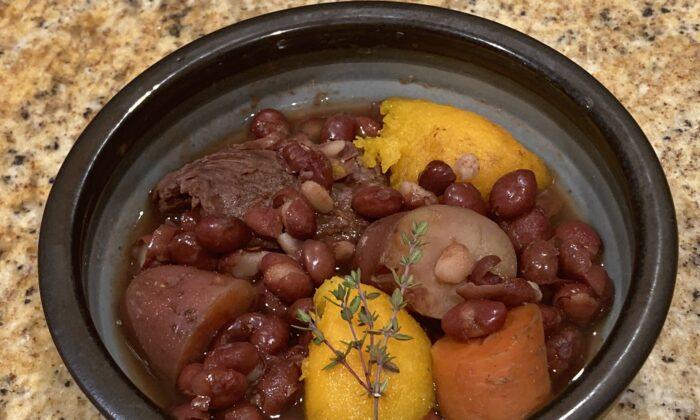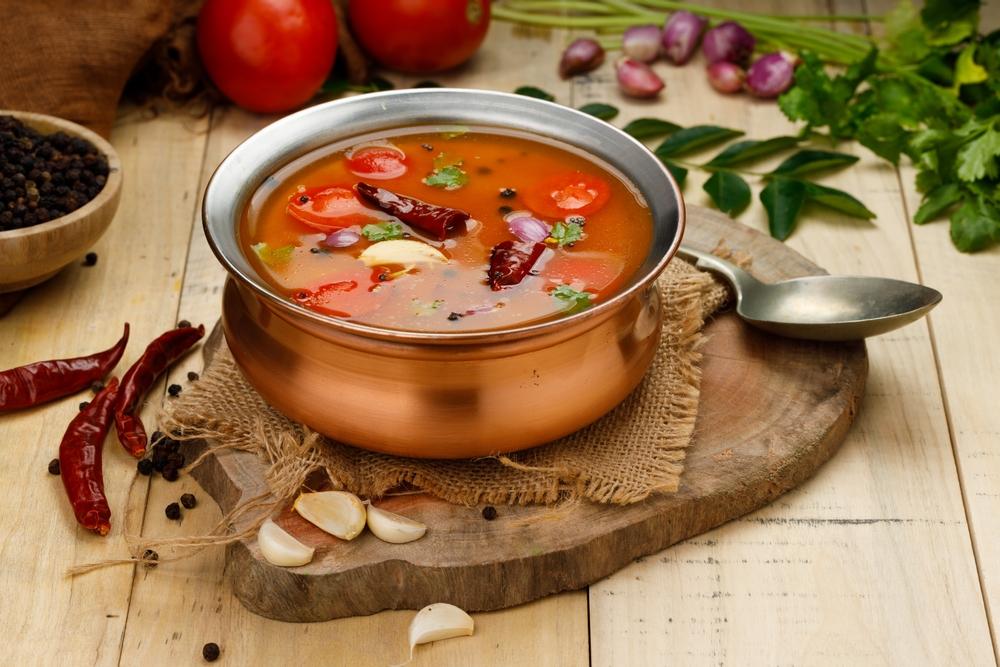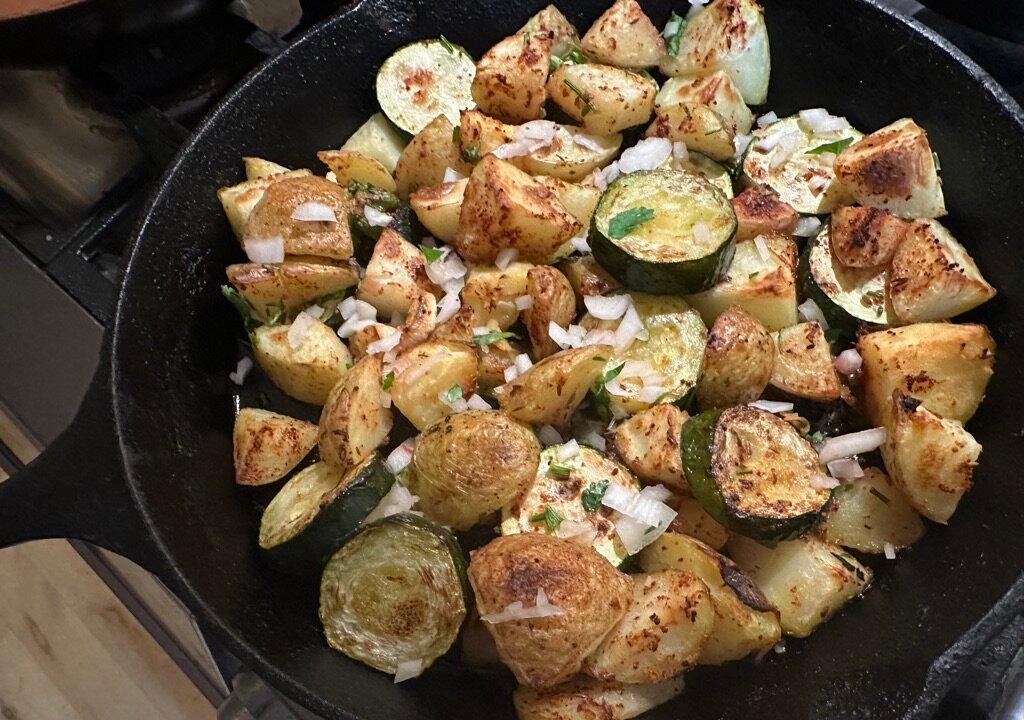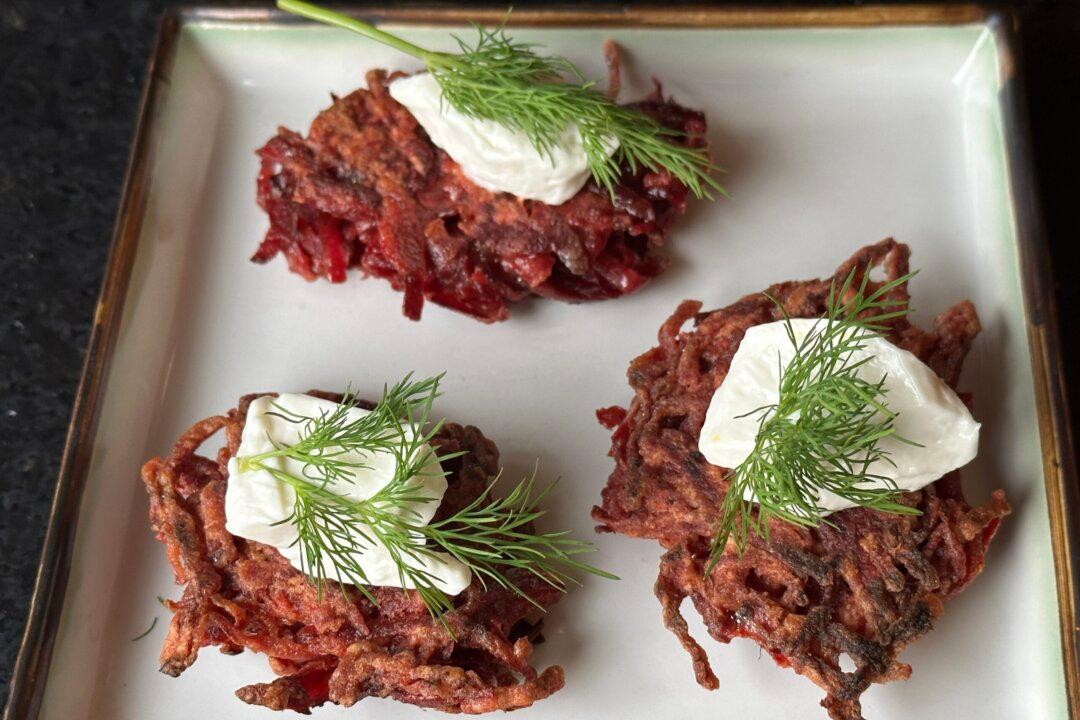“Foods that grow together go together,” so goes the old saying. It’s become the locavore’s anthem, your cue to coax whatever plant life you can from your home ground, and figure out how best to cook it all. And live happily ever after.
The seed catalogs that will soon arrive in the mail will tempt you to dream big, and you should. But in which direction? We can’t plant everything. Planning, and alas choosing, is an important part of gardening. You can’t order your seeds if you don’t know what you want to plant, which means you must ponder what you want to eat, and what you can’t get anywhere else.
I can always buy carrots at the farmers market, summer and winter, so I don’t need to grow carrots. But it’s harder to get red cranberry beans, to choose one of many heirloom vegetable varieties that one might choose to grow. If I want to eat beans like that, I might just have to grow them myself. Luckily, they grow well in my area. And I know where to get seed.
My friend David Lau is a seed farmer, which sounds pretty lonely, even by farmer standards. I kept him company one afternoon at his operation, called Red Tail Seeds, in a field behind a self-serve farmstand on the outskirts of Missoula.
His rows have an overgrown, gone-to-seed look to them from a distance. That’s the point, of course. But up close the plants are less messy looking, and appear to be more actualized. Full-grown tomato bushes, never harvested and laden with fruit, staked against the weight, look like what Norman Rockwell would paint if he painted gardens. The seed heads of flowered lettuce towered over the garden, larger than life like Popeye after a can of spinach. And pods of cranberry beans, cascading from the plants in their unharvested bounty, dried slowly in the August heat.
Lau sells the cranberry bean seed to Fedco Seeds, which calls them “one of the very best baking beans.” After they had dried and cured, Lau dropped off a sack for me to play with. The beans were small and dark, reminiscent of black beans but with an unmistakable ruby glow. They cooked up creamy, without disintegrating, and have a mild, slightly nutty flavor.
2 out of 3 Sisters
Beans and squash are two of the so-called Three Sisters, a Native American version of “what grows together, goes together.” In the field, planted together, the squash covers the ground between the corn, which blasts into the third dimension, and the beans climbing the corn into the sky while their roots add nitrogen to the soil. On the plate, the Three Sisters fit together deliciously in countless ways.Squash Bean Stew
When I cook this stew, I aim for each component to be perfectly soft, but I don’t want it to dissolve together into mush. That means adding the ingredients one by one, starting with the beans, in order of how much time they need. This way every component of the equation is perfect and full of its own unique flavor, and the whole thing adds up to a dish that is simple but full of diversity and texture. Some might call it boring, but when your ingredients are top-notch, you want to fully experience the flavor of each one.This dish is flexible at every step of the way: In the spices you add, in the various wintry vegetables you choose, and with what you serve it. I scooped it on some tamales the other day to make the circle of sisters complete.
- 1 cup dried cranberry beans, or a similar small dark bean
- 1 or 2 pieces bacon, or a ham hock (optional)
- Stew meat, such as beef or venison, however much you feel (optional)
- 1 small kabocha squash
- A sprig or two of thyme or oregano, or a few bay leaves
- 1 cube bouillon or 1 tablespoon Better than Bouillon paste
- 2 medium-sized carrots, cut into rounds about an inch long
- 1 large potato, or several smaller or medium potatoes, cut into cubes
- 1 onion, cut in half around the equator
- 2 tablespoons olive oil
- Salt and pepper to taste
Meanwhile, preheat the oven to 350 degrees F.
Cut the squash in half and lay the halves on a cookie sheet, seeds and all, with the cut sides facing down. Bake for 1 hour.
After the meat and beans have taken their high-pressure journey to a softer place, add the herbs, bouillon (or stock), carrots, potato, onion, and oil. Bring to a simmer. After 20 minutes, add salt and pepper to taste.
After about 45 minutes, season one final time and ladle the stew into bowls. Scoop out balls of roasted squash and add them to each bowl. As with any savory food, I tweak and perfect with mayo and hot sauce.





